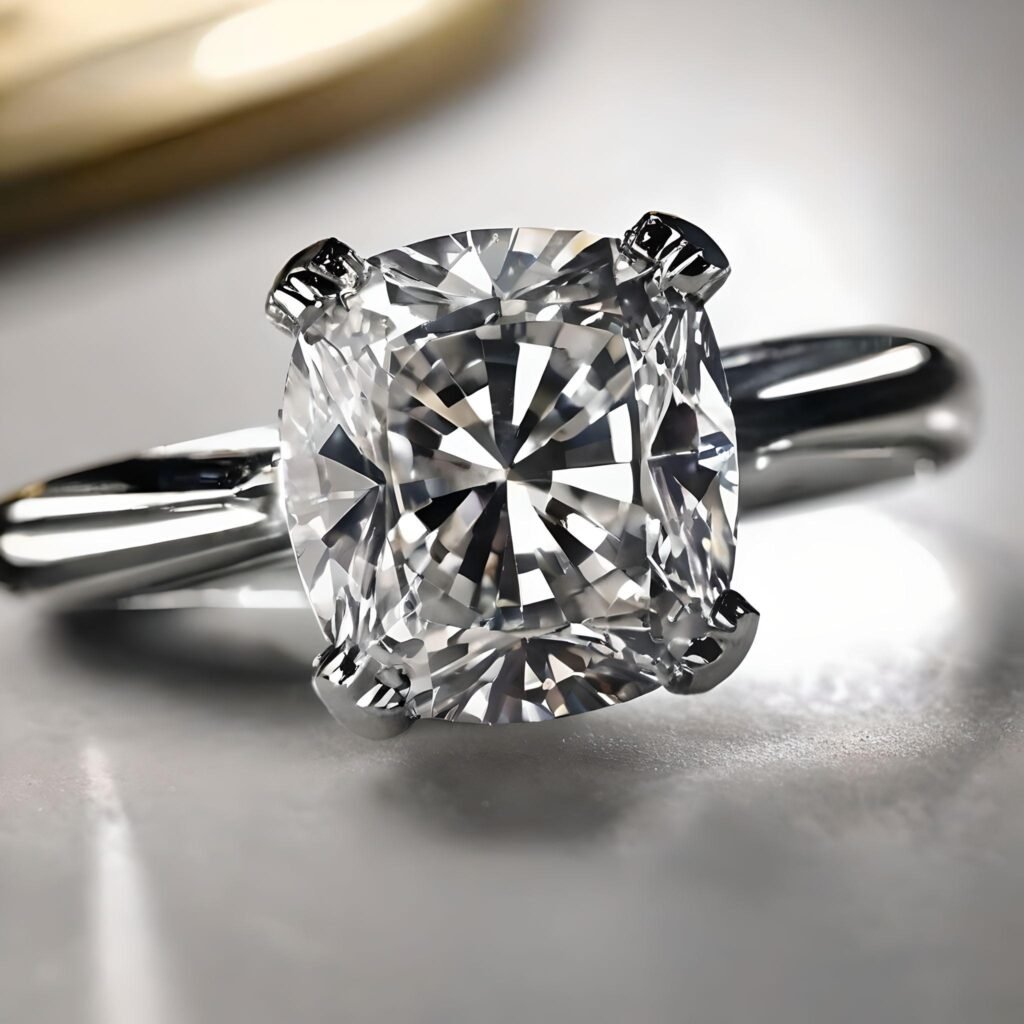Blog
The Brilliance of Compliance: Navigating the UK Hallmarking Laws for Amaya Diamonds in London
When it comes to purchasing diamond jewellery, the allure of Amaya Diamonds in London is not just in their sparkle but also in the assurance of quality and authenticity that comes with them. This assurance is significantly supported by the UK’s stringent hallmarking regulations. Understanding these rules not only empowers consumers but also elevates the trustworthiness of jewellers who adhere to them. In this blog, we’ll demystify the UK hallmarking laws and explain why they are pivotal for both buyers and sellers of diamond jewellery, particularly when considering the exquisite collections at Amaya Diamonds.
What is Hallmarking?
Hallmarking is a form of regulation and quality assurance for precious metals: gold, silver, platinum, and palladium. In the UK, this practice dates back to the 14th century, making it one of the oldest forms of consumer protection in the world. A hallmark consists of several marks stamped by an official assay office, confirming the metal’s purity. But it’s not just about purity; it’s a guarantee of the metal’s composition, protecting consumers from fraud and ensuring the metal is up to the legal standard.
The Legal Framework
In the UK, the Hallmarking Act 1973 lays down the legal requirements for hallmarking precious metals. According to this legislation, any item described as being made of gold, silver, platinum, or palladium must be hallmarked by one of the UK’s four assay offices (located in London, Birmingham, Sheffield, and Edinburgh) before it can be sold as such. This ensures that the piece meets the UK’s stringent purity standards.
Understanding the Hallmarks
A hallmark consists of several components, each providing specific information about the piece of jewellery:
- Sponsor’s Mark: This is the unique mark of the company or person who submitted the item for hallmarking. For instance, Amaya Diamonds would have its distinctive sponsor’s mark.
- Standard Mark: Indicates the precious metal’s purity. For gold, this might be 375 (9 carat), 585 (14 carat), 750 (18 carat), and so on.
- Assay Office Mark: Shows which one of the UK’s four assay offices hallmarked the item.
- Date Letter (optional): The year the item was tested and hallmarked.
- Traditional Fineness Symbol (optional): Represents the precious metal type, such as a lion for silver or a crown for gold.
The Significance for Consumers
For consumers, the hallmark is a symbol of trust and authenticity. It ensures that the piece of jewellery they are purchasing, whether an engagement ring from Amaya Diamonds or a heritage silver piece, meets the legal standards of purity and quality. This is particularly crucial in an era where online shopping can make it harder to verify the quality of precious metals.
The Importance for Jewelers
For jewellers like Amaya Diamonds in London, adherence to the UK’s hallmarking regulations is not just about legal compliance; it’s a testament to their commitment to quality and transparency. It reassures customers that the pieces they are investing in are worth their value in terms of metal purity. Moreover, it enhances the brand’s reputation and trustworthiness in the competitive jewellery market.
Conclusion
In the sparkling world of diamond and precious metal jewellery, the UK’s hallmarking laws serve as a beacon of trust and quality. For discerning consumers looking to invest in pieces from Amaya Diamonds in London, these marks provide a layer of assurance and transparency that is as valuable as the jewels themselves. By championing these hallmarking standards, Amaya Diamonds not only showcases its dedication to quality but also reinforces the bond of trust with its customers, making each purchase a testament to the timeless beauty and integrity of its exquisite collections.

